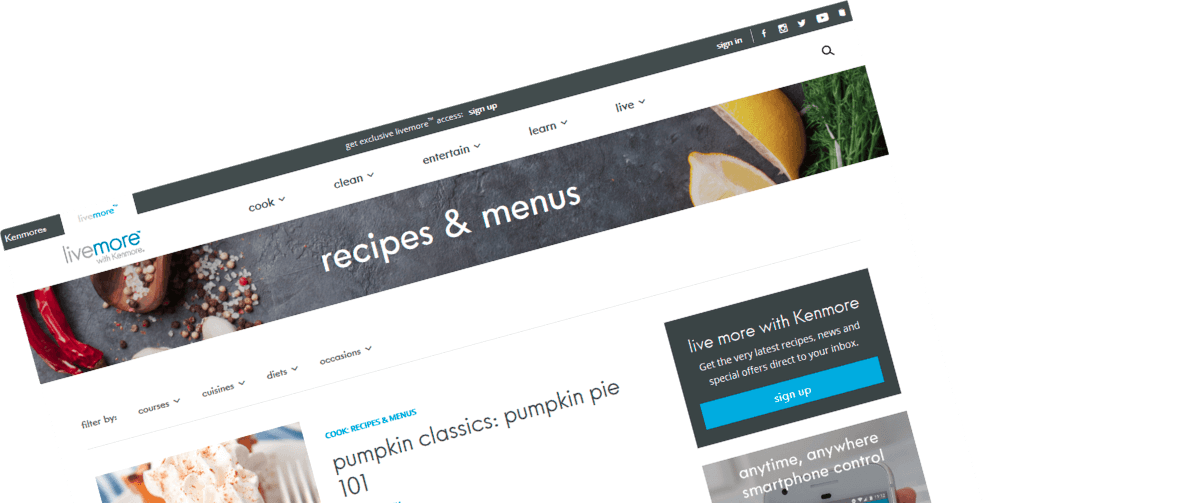Blog
Creating a Safe and Secure Home Environment Year-Round
Ensuring
the safety and security of your home is vital for the well-being and peace of
mind of your family. Whether you live in Columbus, Ohio, or elsewhere,
implementing proactive strategies and maintaining critical home systems can
protect your property from unexpected threats, damages, and hazards throughout
the year.
A safe home
environment combines physical security measures, routine inspections, and
thoughtful preparation for seasonal changes.
Inspecting
and Maintaining Key Structural Components
One of the
most effective ways to maintain a safe home environment is by routinely
inspecting essential structural components, such as the foundation, roof, and
walls. These elements are crucial in protecting your home from external
threats, including weather damage and general wear.
The roof,
in particular, plays a significant role in shielding your home from harsh
conditions like storms, heavy rains, and snowfall. Over time, minor issues such
as cracked shingles, leaks, or inadequate ventilation can escalate into costly
problems and compromise your home's safety.
You can
also hire a local roofing company in Columbus to assess the condition of your
roof and provide timely repairs or replacements. A reliable professional can
identify potential issues and suggest repairs to ensure your roof remains
secure year-round. This approach not only extends the lifespan of your roof but
also minimizes the risk of water damage, mold growth, and structural
instability.
Regular
inspections of your home's exterior, including gutters, siding, and windows,
are equally important. Damaged or clogged gutters can lead to water pooling
near your foundation, increasing the likelihood of flooding and erosion.
Properly sealed windows and doors reduce drafts and improve energy efficiency
while enhancing security by preventing unauthorized access.
Implementing
a Comprehensive Security System
Home
security systems have become more advanced and accessible, making them an
essential investment for modern households. A comprehensive system includes a
combination of surveillance cameras, motion detectors, alarms, and smart home
features that offer real-time monitoring and protection. Installing cameras at
key entry points, such as doors and windows, deters potential intruders and
provides valuable evidence in the event of a security breach.
Smart
technology has revolutionized home security, allowing homeowners to monitor
their property remotely through mobile apps. Features like smart locks and
doorbell cameras provide added convenience, enabling you to control access to
your home even when you're not there. For example, you can grant temporary
access to trusted individuals or receive alerts about suspicious activity. This
level of oversight enhances security while giving you peace of mind, whether
you're at work or on vacation.
In addition
to technology-driven solutions, simple measures like reinforcing door frames,
installing deadbolts, and securing sliding doors with additional locks can
significantly improve your home's safety. Combining traditional safety
practices with modern technology creates a well-rounded approach to home
security.
Preparing
for Seasonal Hazards
Each season
presents unique challenges that can impact the safety and functionality of your
home. Preparing for these changes in advance helps minimize risks and keeps
your household safe throughout the year.
- Spring and Summer: With warmer weather comes the
need to inspect air conditioning systems, clean outdoor spaces, and
address any lingering winter damage. Check for signs of pests, which are
more prevalent during these months, and seal any gaps or cracks that could
serve as entry points.
- Fall: As temperatures drop,
prioritize tasks like cleaning gutters, inspecting the heating system, and
sealing drafts around windows and doors. Proper insulation prevents energy
loss while keeping your home comfortable.
- Winter: Cold weather increases the
risk of frozen pipes, ice dams, and fire hazards. Protect pipes by
insulating them and maintaining a steady indoor temperature. If you use
fireplaces or space heaters, clean them regularly and keep flammable
materials at a safe distance.
Seasonal
preparations not only protect your home but also improve energy efficiency and
comfort. By adopting a proactive approach, you can prevent costly repairs and
create a safer living environment.
Fire
Safety Measures and Prevention
Fire safety
should always be a top priority in any home. According to the National Fire
Protection Association (NFPA), house fires can often be prevented through
proper precautions and routine maintenance. Start by ensuring smoke detectors
are installed in key areas of your home, such as bedrooms, hallways, and the
kitchen. Test these devices monthly and replace batteries at least once a year.
Create a
fire escape plan that includes multiple exit routes and practice it with your
family regularly. In the event of a fire, having a clear plan can save valuable
time and reduce the risk of injury. Keep fire extinguishers in accessible
locations, such as the kitchen, garage, and near heating equipment, and ensure
all household members know how to use them properly.
Additionally,
minimize fire hazards by:
- Keeping flammable materials
away from heat sources.
- Using electrical outlets and
power strips safely.
- Regularly cleaning lint traps
in dryers.
For homes
with fireplaces, schedule annual chimney cleanings to remove creosote buildup,
which can ignite and cause chimney fires. Staying vigilant with fire prevention
measures protects both your property and loved ones.
Improving
Indoor Air Quality
A safe home
environment extends beyond physical security; it also includes maintaining
healthy indoor air quality. Poor indoor air quality can contribute to
respiratory problems, allergies, and chronic health conditions. Common
contaminants include dust, mold, pet dander, and volatile organic compounds
(VOCs) emitted by cleaning products or furniture.
To improve
indoor air quality:
- Change HVAC filters regularly
to prevent dust and debris buildup.
- Use air purifiers in rooms with
high foot traffic or allergens.
- Ensure proper ventilation in
bathrooms and kitchens to reduce moisture levels.
- Incorporate houseplants that
naturally filter air, such as spider plants or peace lilies.
Regular
cleaning and decluttering further reduce the accumulation of dust and
allergens, creating a healthier living space. Investing in air quality
solutions benefits everyone in your household, particularly those with asthma
or allergies.
Home
Safety in a Nutshell
Creating a safe and secure home environment requires consistent effort and attention to detail. By prioritizing routine inspections, implementing a robust security system, preparing for seasonal hazards, and adopting fire safety measures, you can safeguard your home year-round. Taking steps to improve indoor air quality and addressing structural concerns, such as roofing, ensures your home remains a sanctuary for you and your loved ones.




Comments